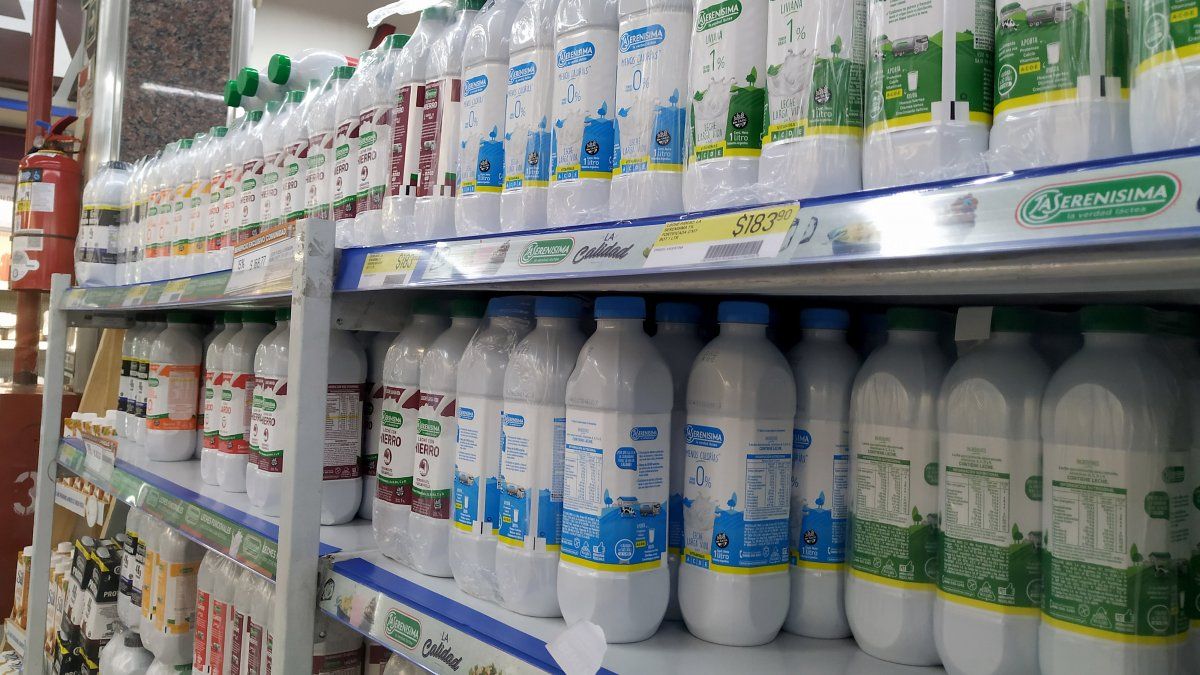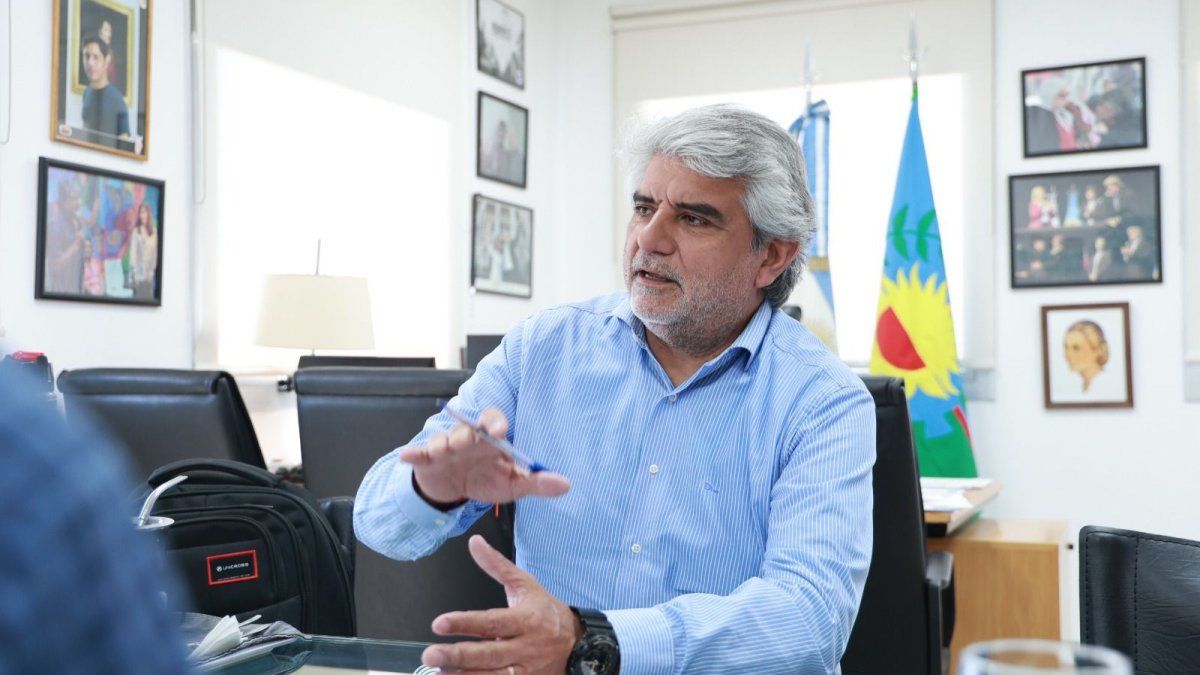These statements fell like a bucket of cold water in the sector and that is why from ehe Dairy Industry Center (CIL), an association that represents small, medium and large companies in the sector, responded with data on the current situation of this business.
In the first place, regarding the primary sector, the CIL highlights that according to the OCLA (Observatory of the Argentine Dairy Chain) “Today there are 10,446 dairy farms that generate more than 45,000 jobs directly. It should be clarified that this number of drums has remained relatively stable for more than a decade and they produced 11,553 million liters of raw milk in 2021, which represented a 4% increase compared to 2020.”
In this context, the industry also highlights that “historically, dairy companies have installed their manufacturing and processing plants near the sending dairy farms, in the main dairy basins; and close to consumption centers, avoiding, as far as possible, unnecessary transport costs. This shows that dairy farming is a federal activity that promotes the development of regional economies and facilitates the generation of genuine employment in different locations in the country”.
Another fact that they highlighted is that these dairy farms are distributed mainly in three large dairy basins: Santa Fe, with 34% of the dairy farms, Córdoba with 29% and Buenos Aires with 21%. The rest is located in smaller basins.
Regarding the concentration in the hands of a few companies, also taking into account the OCLA statistics, the companies gathered in the CIL detailed: “It is important to highlight that the Argentine dairy industry is highly fragmented. There are more than 670 registered companies and 47 of them process more than 90,000 liters of raw milk per day. None exceeds 13% of participation in the purchase of milk and, adding the first four, they barely reach 31% of accumulated participation. In contrast to this, for example, in New Zealand a single company is responsible for processing 81% of the milk, while in Uruguay a single player receives 68% of the raw milk”.
It is clear from the statistics that the main player in the dairy business in Argentina continues to be the company Mastellone Hnos. with a 12.1% market share of milk produced, closely followed by Saputo with 11.8%. Beyond these two large ones, it is later evident that in the compendium of the main 24 companies in the sector, none manages to exceed even 5% of participation with respect to the total milk produced.
Another key issue is that since the fall of SanCor, the dairy business has been completely reconfigured and small and medium-sized companies in the cheese segment and other high value-added products have begun to gain a greater position on the shelves. It was also the Government itself that sponsored the smaller companies to also be suppliers of the price agreement and have a prominent place from the gondola law, something that can be clearly seen in supermarkets.
Finally, the companies gathered at CIL affirmed: “It should be noted that the growth of milk production in the future depends fundamentally on the investment that each producer makes in technology, animal comfort, health and nutrition in his dairy, a decision that necessarily requires predictable profitability. Although international demand and prices predict sustained values for the near future, it is necessary to promote government policies in terms of tax incentives, bank loans, road infrastructure, etc. that promote the growth of production and, consequently, the development of the activity”.
Source: Ambito
David William is a talented author who has made a name for himself in the world of writing. He is a professional author who writes on a wide range of topics, from general interest to opinion news. David is currently working as a writer at 24 hours worlds where he brings his unique perspective and in-depth research to his articles, making them both informative and engaging.




